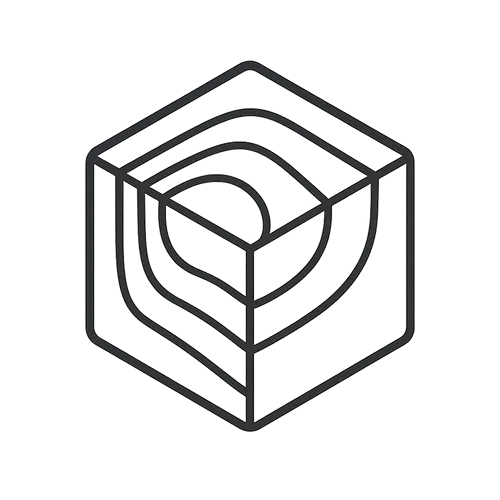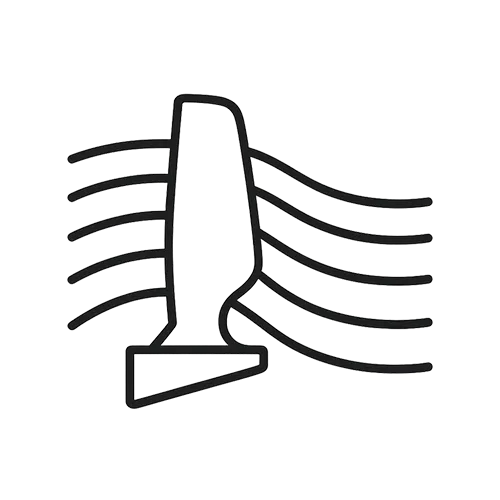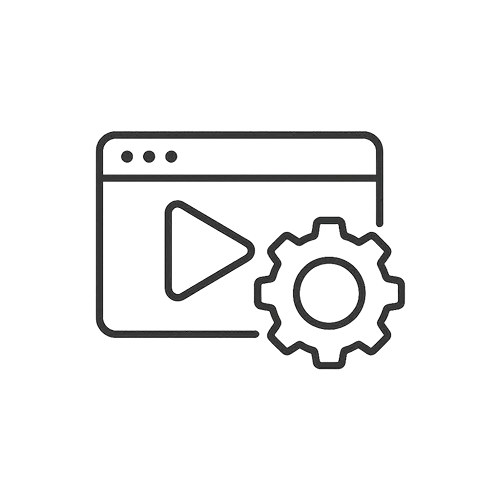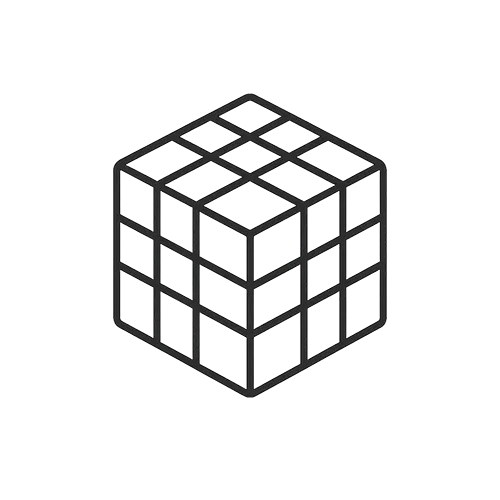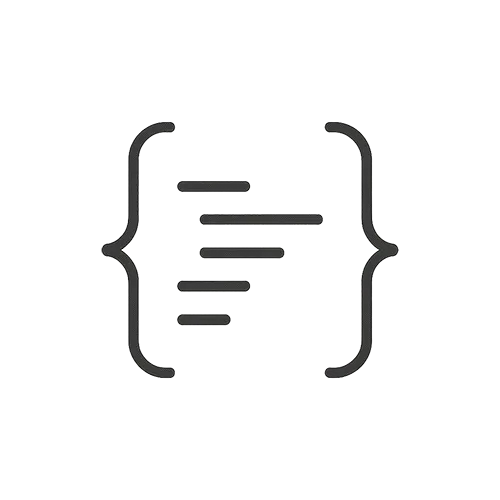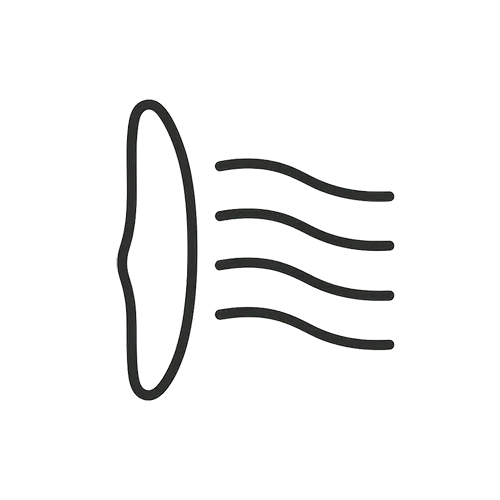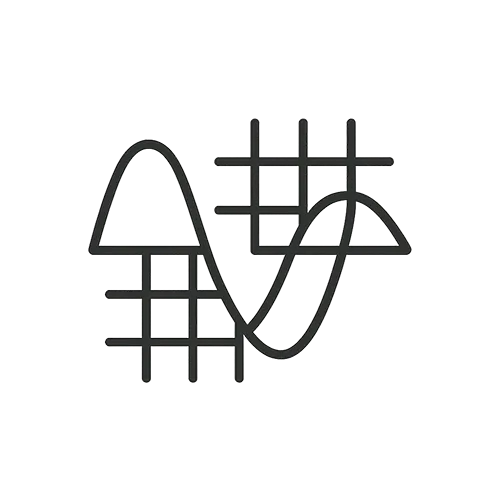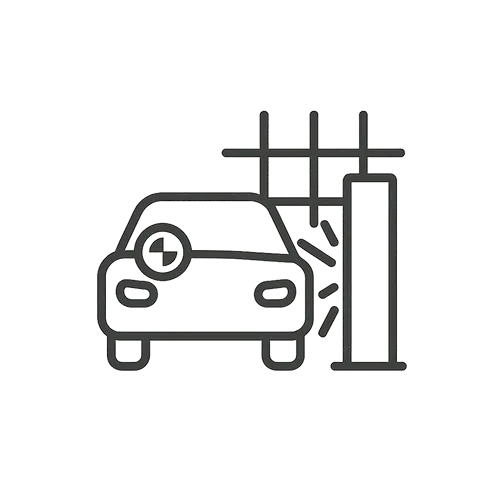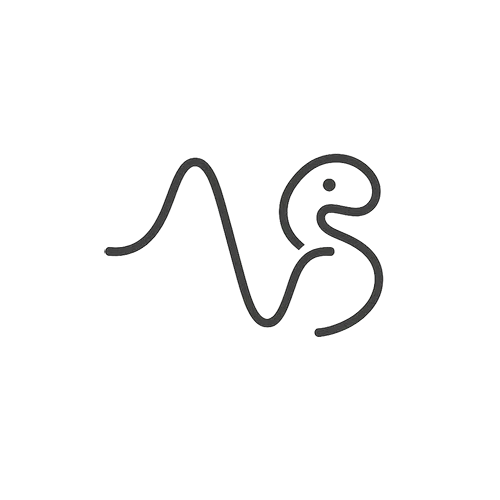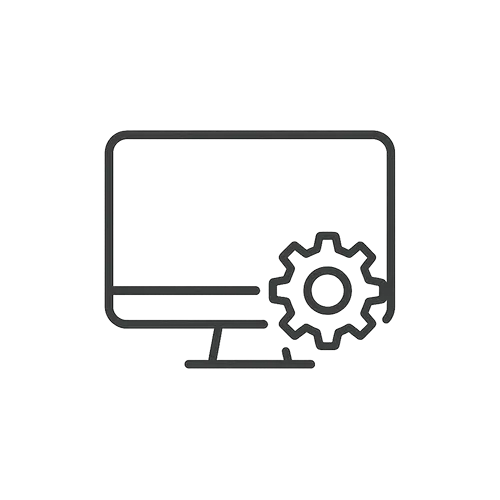For thin walled structures (where one dimension – thickness – is much smaller than the other in-plane dimensions), shell elements are usually the preferred choice. Shell elements allow you to model the wall as a mid-surface with thickness property, capturing bending and membrane behavior efficiently with far fewer degrees of freedom than solid elements would require. They are well-suited for sheet metals, plates, and shells (like car body panels or aircraft skins) where the thickness is small relative to length/width – using shells yields accurate stress results through the thickness (including bending stresses) without needing multiple elements through the thickness as solids would. Solid elements (3D continuum elements) are more appropriate for bulky or complex geometries where thickness is not negligible (e.g. engine blocks, brackets, thick flanges) or when through-thickness stress gradients are important and not easily captured by a single thickness value. In practice, a rule of thumb is to use 1D beams or 2D shells wherever possible to simplify the model, and resort to 3D solids only when necessary. Shell elements do require care with setup – you must define section properties and ensure correct orientation (top/bottom faces) and connections between shells and solids if they mix. But for a predominantly thin-walled structure, shells will give accurate results more efficiently, whereas a solid-element mesh would need many elements through the thickness (increasing computational cost) and could suffer shear locking if not refined enough. In summary: use shells for large, thin parts to capture their behavior with fewer elements, and use solids for thick or 3D features – combining them if needed, using shell-solid coupling techniques to transition between regions.
Should I use shell elements or solid elements for modeling a thin walled structure in Abaqus?
0
Engineering Downloads
0 Subscribers
Submit Answer
0 Answers
